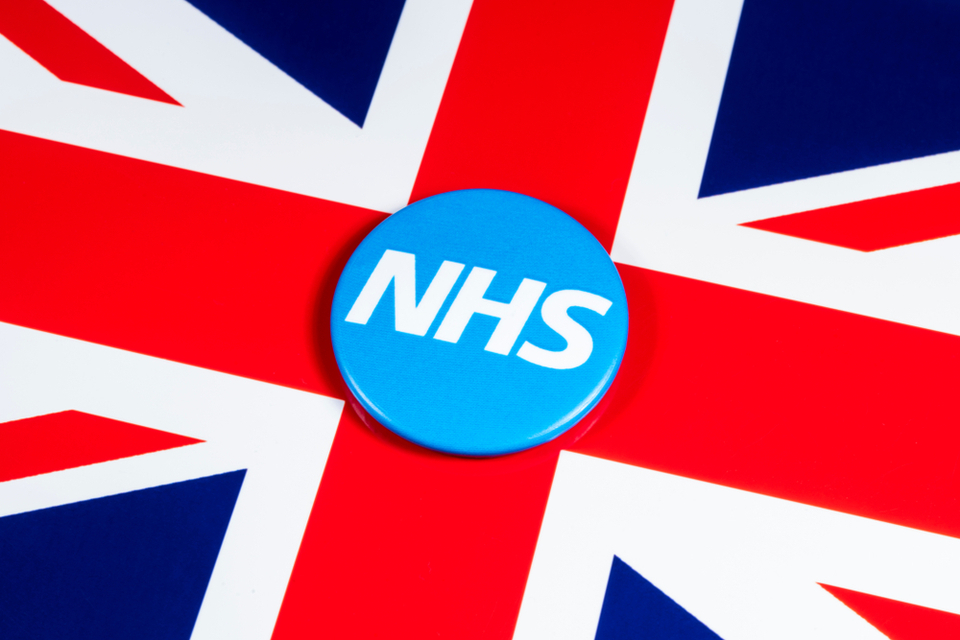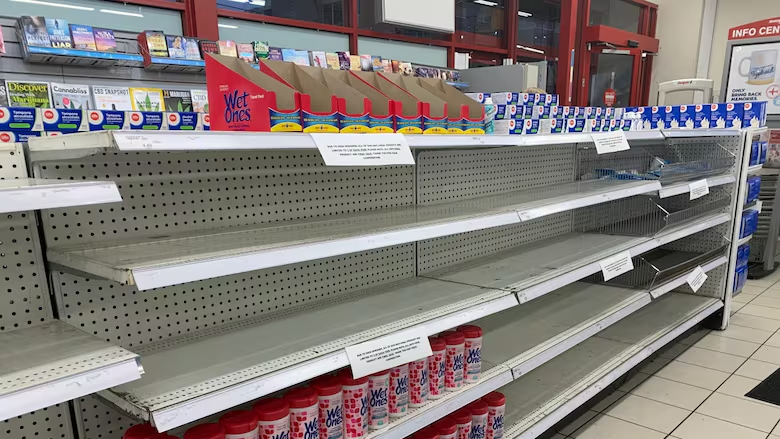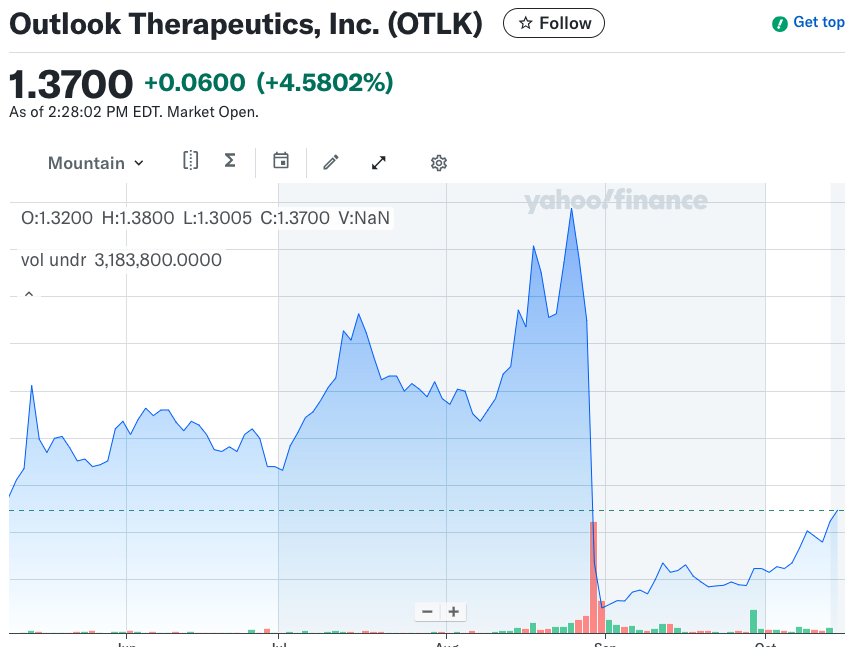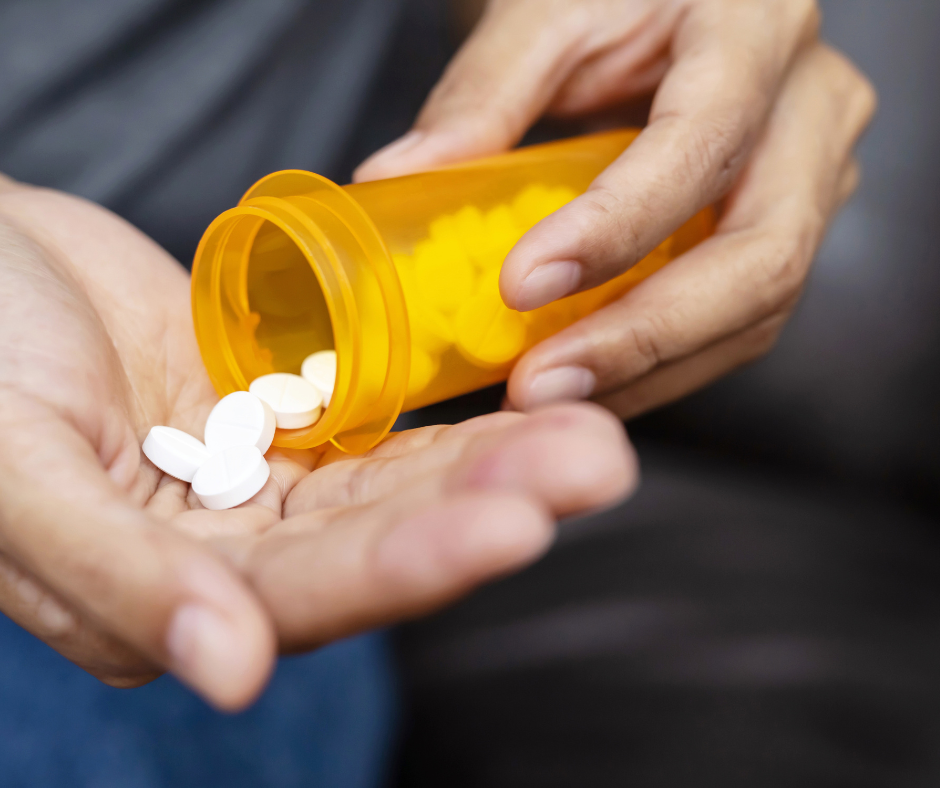LONDON, June 4, 2025 – A storm is brewing between the UK’s National Health Service (NHS) and global pharmaceutical giants. At the center of the conflict is a punitive “payback” scheme that forces drug manufacturers to return an unprecedented share of their medicine sales revenue to the NHS. Industry leaders warn that Britain’s aggressive drug levy is driving away billions in research investment, delaying new treatments, and turning the UK into a pharma pariah. The stakes are staggering: up to £11 billion in R&D investment could vanish by 2033, along with the UK’s reputation as a leader in life sciences. This unfolding clash lays bare a high-stakes dilemma – has Britain’s quest to rein in drug costs gone too far, jeopardizing its own health and wealth?
The ‘Voluntary’ Scheme That Went Too Far
What was meant to be a voluntary partnership to control medicine costs has spiraled into a hostile standoff. Under the Voluntary Scheme for Branded Medicines Pricing, Access and Growth (VPAG) – a five-year deal struck in 2023 – drug companies agreed to refund the NHS for any spending on branded medicines above a fixed growth rate. But a surge in NHS drug use and static spending caps have made the paybacks skyrocket. Today, pharma firms are being compelled to pay between a quarter and a third of their UK drug revenues back to the NHS – a dramatic jump from roughly 5% just a couple of years ago. In effect, the NHS is clawing back £1 in every £3 of branded medicine sales, an eye-watering levy industry executives say no other country imposes at such a scale.
To grasp the magnitude of this scheme’s impact, consider the numbers:
- Rebate Rate Surge: In 2021, companies paid about 5–7% of their UK drug sales back to the NHS. By 2023, the clawback rate had exploded to 26.5% – the highest in NHS history. For 2025, the rebate still hovers around 23–24% for new medicines, with some products facing astonishing paybacks above 30%.
- Massive Industry Payouts: These soaring rates have seen industry payments to the government balloon from £590 million in 2021 to around £3.5 billion in 2025. Pharmaceutical companies liken it to an additional tax – applied to sales rather than profits – that is siphoning away funds otherwise destined for research and innovation.
- Global Outlier: The UK’s clawback is wildly out of line with other nations. In France and Germany, similar medicine pricing agreements reclaim only 5.7% and 7% of sales, respectively. Even Italy and Spain keep paybacks under 8%. Britain’s outsized levy has made it an international outlier for all the wrong reasons, as one industry insider put it.
This scheme may be tagged as “voluntary,” but for many drugmakers it feels anything but. Several major firms have already bailed out of the agreement in protest. (US pharma giants AbbVie and Eli Lilly withdrew from the deal when the required rebate hit a crippling 26.5% in 2023.) The Association of the British Pharmaceutical Industry (ABPI) – which initially signed onto the pact – is now effectively seeking to renegotiate it barely a year in, an extraordinary case of buyer’s remorse in UK health policy. What started as a cost-containment measure has morphed into a flashpoint for industry-government relations.
Pharma Backlash: “Unsustainable” and “Uninvestable”
Britain’s drugmakers are publicly revolting against the NHS payback scheme, and their language is unusually blunt. In a rare joint statement, the ABPI – representing heavyweights like AstraZeneca, Pfizer, and Roche – blasted the “record rebates” as “unsustainable”, warning that no business can continue to invest under such punitive terms. The rebate rate – now sucking up nearly a third of sales revenue – simply “cannot be afforded” by companies, the industry group warned.
Some of the world’s biggest pharma companies have gone further, openly branding the UK “uninvestable” because of this policy. “The UK will not realise its ambition to be a global leader in health research if it continues to value the products of that research so poorly,” cautions Richard Torbett, ABPI’s chief executive. He and others argue Britain is shooting itself in the foot: a country that aspires to be a life-science hub is effectively taxing innovation to death.
Indeed, a new analysis by WPI Economics forecasts a dire outcome. If the current mega-levy persists (staying above 20% of sales), the UK could forfeit £11 billion in pharmaceutical R&D investment by 2033, as global pharma money flees to friendlier shores. That means labs shuttered, clinical trials moved overseas, and high-tech jobs lost. “The burden of such high repayment rates on company revenues has clearly become an obstacle to growth in life sciences,” says Matthew Oakley, the economist behind the report. The system, he warns, “risks generating poorer outcomes for patients and making health inequalities worse” if nothing changes.
Pharmaceutical executives are openly talking about scaling back in the UK. One by one, they have voiced alarm that Britain is now a bad bet for innovation. Johan Kahlström, UK head of Novartis, didn’t mince words: “The current rebate levels are simply unsustainable. A 23.5% clawback on revenues sends the wrong signal to global investors and puts future UK R&D investment and medicine launches at risk… the UK is becoming an outlier in how it values innovation.”
For pharma strategy teams navigating the fallout of the UK rebate scheme, it’s not just about policy – it’s about knowing where your suppliers stand. The API & FDF Intelligence database maps thousands of manufacturers worldwide, including detailed compliance records, GMP status, and pricing volatility across regulated markets. When access delays and investment risks rise, this data becomes more than operational – it becomes existential.
His counterparts at other firms echo that sentiment. “The size and unpredictability of the rebates have had a major impact on our work in the UK,” says Biogen’s UK director, Kyle Bromley, noting that any positive aspects of Britain’s research ecosystem are “overshadowed by the fact that we are a noticeable international outlier for the wrong reasons.”
Perhaps the most striking illustration of this investment exodus was provided by AstraZeneca, one of Britain’s own pharmaceutical champions. In early 2023, AstraZeneca scrapped a planned £350–£450 million expansion of a manufacturing facility in north-east England, opting to build in Ireland instead – a decision explicitly linked to the UK’s inhospitable business environment and lack of government support. Such high-profile pullbacks send a chill through Britain’s life sciences sector. As one industry veteran quipped, “Global boardrooms are watching the UK – and what they see is a market where innovation gets punished, not rewarded.”
Billions at Stake – and Patients Caught in the Crossfire
It’s not only industry profits or boardroom decisions on the line – patients and public health are squarely at stake. Pharma companies warn that if Britain keeps tightening the screws, British patients will be the ones to suffer. Companies from AstraZeneca to Johnson & Johnson have cautioned that faltering investment confidence means UK patients risk getting slower access to the latest medicines – or missing out altogether. This is not a distant threat; it’s already happening. “The UK’s challenging commercial environment and unstable payment rates are denying patients the latest treatments,” admits Roz Bekker, Johnson & Johnson’s UK managing director. In other words, cutting-edge drugs are launching elsewhere while Britain’s bureaucracy wrangles over rebates.
Alarming evidence is emerging of a drug innovation gap in the UK. In the past two years, at least 15 new medicines and 38 new therapeutic uses were not introduced to NHS patients at all, despite being available in other countries. Instead, some of these therapies are only accessible privately to those who can pay – a trend that threatens to create a two-tier health system counter to the NHS’s founding principles. Even when new drugs do eventually reach NHS approval, delays are growing. In the last five years, roughly 20% of planned NHS drug appraisals were abandoned (double the rate of the previous five-year period), meaning treatments that never reached patients who needed them. This de facto medicine rationing casts doubt on the UK’s claim to be at the forefront of medical innovation.
The ripple effects extend to clinical research and care quality. As pharmaceutical companies scale back, clinical trials – the lifeblood of cutting-edge treatment – are also declining on UK soil. Britain has slipped from 4th to 10th place globally for hosting Phase III clinical trials, now lagging behind countries like Spain, Germany, and Italy. Its share of global pharma R&D investment has fallen precipitously, from 7.3% to 5.7% in just three years. And while the UK tightens drug spending, it’s not reaping commensurate health benefits. Only 9% of the UK’s health budget goes to medicines, far less than in Germany or France (15–17%) – yet Britons experience worse health outcomes than many peers, ranking near the bottom of Western Europe on measures of preventable and treatable diseases. The irony is acute: in trying to save money on medicines, the NHS may be forfeiting the very innovations that improve and save lives. As one analysis put it, the policy of extreme cost containment is “making health inequalities worse” by limiting access to advanced therapies.
Government’s Life Sciences Gamble – Will It Pay Off or Backfire?
This conflict comes at a pivotal moment. The UK government insists it wants to transform Britain into a “science superpower” and champion life sciences as a key growth sector. Yet its aggressive drug-pricing policy is directly undermining that vision. “These excessive payment rates are at odds with the government’s own ambitions,” ABPI’s Torbett has argued, noting that the plan for a thriving life sciences industry “will fail without changes” to the clawback scheme. Even ministers seem to recognize the danger. Under mounting pressure, officials agreed to fast-track a review of the drug pricing scheme in 2025 and opened talks with the industry on how to fix it. There is even a proposal to dial down the separate statutory levy (for companies outside the voluntary scheme) instead of hiking it to an eye-popping 32% as initially floated.
But the question remains: will the government blink and reform the scheme before irreparable damage is done? Pharma leaders are cautious. They worry that despite polite engagements and promises, “‘business as usual’ thinking in some parts of government may fail to live up to the ambition” of supporting life sciences. In other words, bureaucracy and penny-pinching could yet trump visionary rhetoric. Each delay in fixing the policy risks more companies deciding that the UK just isn’t worth it.
Britain now stands at a crossroads. One path leads to a reset – moderating the drug levy, sharing the costs of innovation more fairly, and rebuilding trust with an industry that the NHS ultimately depends on for new cures. The other path, if the status quo persists, points to a slow exodus of investment and a future where UK patients must wait longer for medical breakthroughs developed elsewhere. “Without urgent reform, the UK risks falling further behind as other countries move faster to reward innovation,” Novartis’s Kahlström warns. His counterpart at Bristol Myers Squibb, Guy Oliver, notes that the rebate crunch has already forced companies into “difficult decisions – cuts to NHS partnerships and workforce reductions – which contradict the government’s ambition to foster growth”. In blunt terms, the strategy of funding today’s NHS by cannibalizing tomorrow’s cures is economically and medically short-sighted.
As the stand-off escalates, the UK government faces a stark choice: back off on its draconian drug levy or watch a world-class industry wither. The pharmaceutical companies have issued their warning, and it carries a whiff of scandal – that a nation famed for its biomedical prowess might sabotage its own success over a budget gimmick. The coming months will show whether Britain can strike a new balance between affordable healthcare and a thriving innovation ecosystem. The fallout of this NHS vs. pharma clash will be felt far beyond corporate earnings – it will ripple through hospitals, research labs, and patients’ lives. In the end, what hangs in the balance is more than £11 billion in investment; it is the UK’s future health and wealth that are on the line.
Open the full market picture for your next decision →



